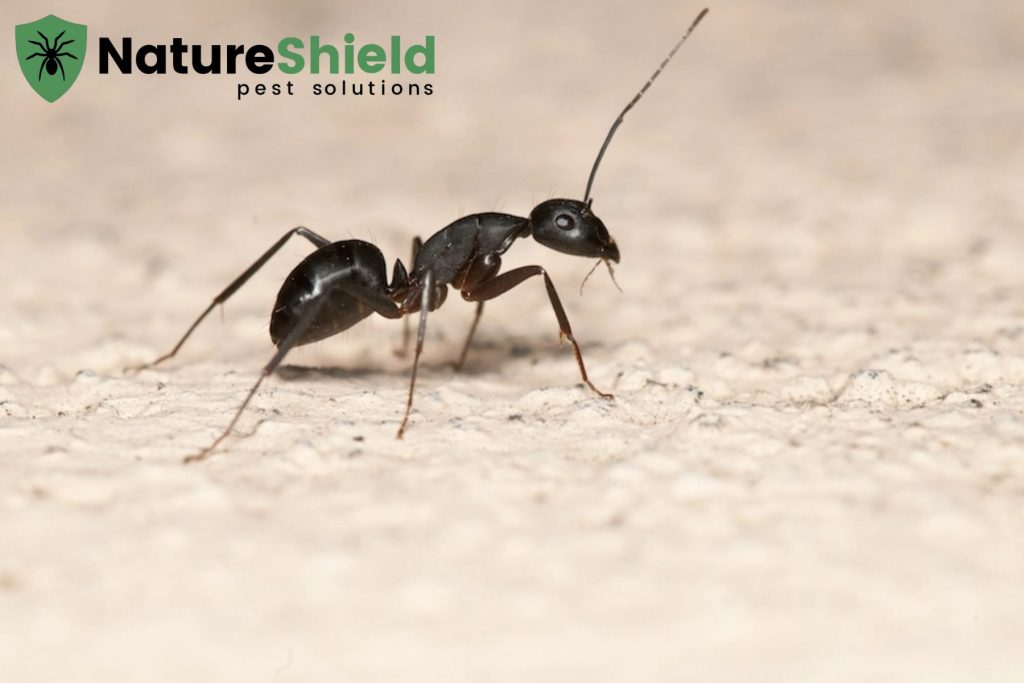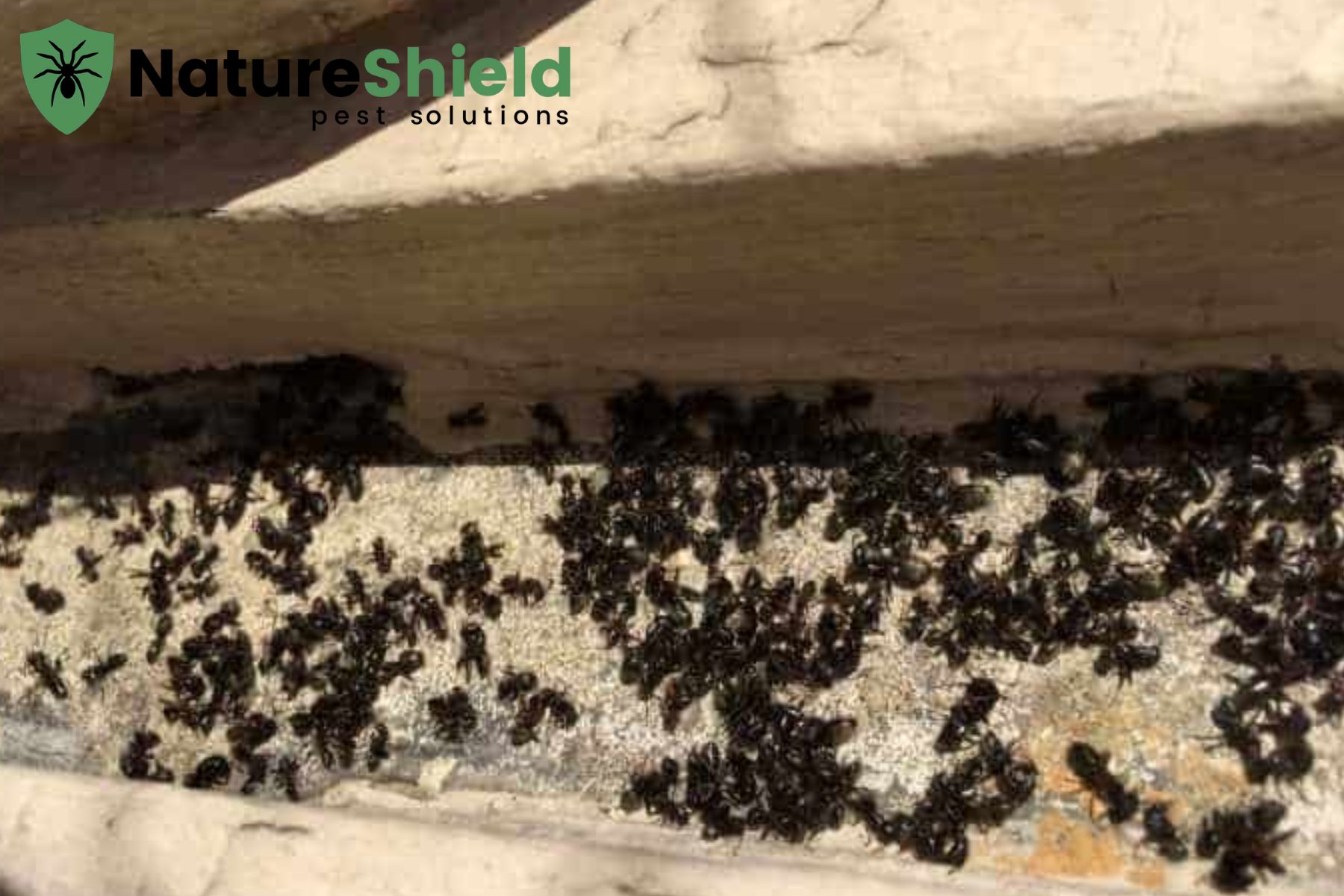Frass, Wings & Wood Shavings: Decoding the Clues of a Carpenter Ant Infestation
Carpenter ants are among the most destructive household pests, capable of causing significant damage to wooden structures. While they don’t consume wood like termites, they excavate it to build their nests, leaving behind subtle but telling signs. Knowing how to identify these clues can help you act quickly before the infestation worsens. Three of the most common indicators are frass, discarded wings, and wood shavings.
Understanding Carpenter Ant Behavior
Carpenter ants are large, black or reddish-black ants that prefer damp or decaying wood for nesting. Unlike termites, they use their strong mandibles to chew through wood, creating smooth tunnels and galleries. Their activity often increases during warmer months when colonies are most active.
If you notice suspicious wood debris or insect parts indoors, it may be time to search ant control near me to address the problem promptly.
What Is Frass and Why Is It Important?
Frass is a mixture of wood particles, insect parts, and waste material produced by carpenter ants as they excavate their tunnels. It looks like sawdust but may also contain bits of dead ants. Frass is usually expelled from small openings in wood, forming piles beneath wall voids, baseboards, or other nesting areas.
How to Spot Frass
- Location: Commonly found near baseboards, under window sills, in crawl spaces, or around wooden furniture.
- Texture: Fine and powdery, but with a mix of coarse particles.
- Pattern: Often appears in small mounds or scattered piles.
Finding frass inside your home is one of the most telling signs of carpenter ants in house and should not be ignored.
Discarded Wings: A Seasonal Clue
Like termites, carpenter ants produce winged swarmers when the colony matures. These winged ants, also known as alates, emerge to mate and establish new colonies. After mating, they shed their wings, leaving them scattered near entry points such as windows, door frames, or vents.
Why Wings Matter
Discarded wings indicate that a mature carpenter ant colony is nearby, possibly inside your home. While swarming typically occurs in spring or early summer, finding wings indoors at any time of the year suggests an active infestation.
If you’re unsure whether the wings belong to ants or termites, consult a licensed pest professional specializing in pest control Columbia MO to get an accurate identification.
Wood Shavings: Evidence of Excavation
Carpenter ants remove wood as they create their galleries, resulting in piles of coarse shavings. These shavings differ from frass in that they consist solely of wood and lack insect parts. The ants push this debris out of the nest through small openings, leaving visible piles near structural wood.
Where to Look for Wood Shavings
- Under decks or porches
- Along window sills and door frames
- Beneath wooden beams or rafters
- In basements and attics
The presence of wood shavings indoors is a strong indication that carpenter ants have infiltrated your home’s structure.
Additional Warning Signs of Carpenter Ant Activity
Beyond frass, wings, and shavings, other red flags can help confirm an infestation:
Rustling Sounds in Walls
At night, when the house is quiet, you may hear faint rustling or tapping noises coming from inside the walls or ceilings. This sound comes from ants moving and excavating wood.
Visible Ant Trails
Carpenter ants often travel in well-defined foraging lines, especially at night. You may spot them moving between their nest and food sources such as kitchen counters or pet bowls.
Damaged Wood
Carpenter ant galleries have a smooth, sanded appearance, unlike termite tunnels, which are rough and filled with soil. Damaged wood may feel hollow when tapped.
The Risks of Ignoring Carpenter Ants
Left untreated, carpenter ant infestations can compromise the structural integrity of your home. They can expand from damp or decaying wood to sound wood, increasing the repair costs significantly. Additionally, while the answer to do carpenter ants bite is yes, their bite is not venomous but can be painful.
Prompt action is essential to prevent further damage and to protect your property’s value.
Preventing Carpenter Ant Infestations
While professional treatment is the most effective solution, prevention plays a critical role in protecting your home.
Eliminate Moisture Sources
Repair leaky pipes, clogged gutters, and roof leaks. Carpenter ants prefer damp wood, so keeping your home dry reduces the risk.
Seal Entry Points
Close gaps around doors, windows, and utility lines with caulk or weather stripping to block ant access.
Store Firewood Properly
Keep firewood at least 20 feet from your home and off the ground. Carpenter ants often nest in woodpiles and can easily migrate indoors.
Maintain Yard Health
Trim trees and shrubs so branches don’t touch your home, reducing pathways for ants.
Schedule Regular Inspections
Professional inspections from a pest control Columbia provider can detect early infestations before they cause severe damage.

About Nature Shield Pest Solutions
Nature Shield Pest Solutions is a trusted pest management company based in Columbia, Missouri. Serving both residential and commercial properties, we specialize in comprehensive pest control services that are safe, effective, and environmentally conscious. Our licensed team handles a wide range of pest concerns, including ants, termites, rodents, and stinging insects, using advanced techniques to deliver long-term protection. Whether you’re dealing with carpenter ants or any other pest problem, Nature Shield Pest Solutions provides reliable solutions tailored to your needs.


